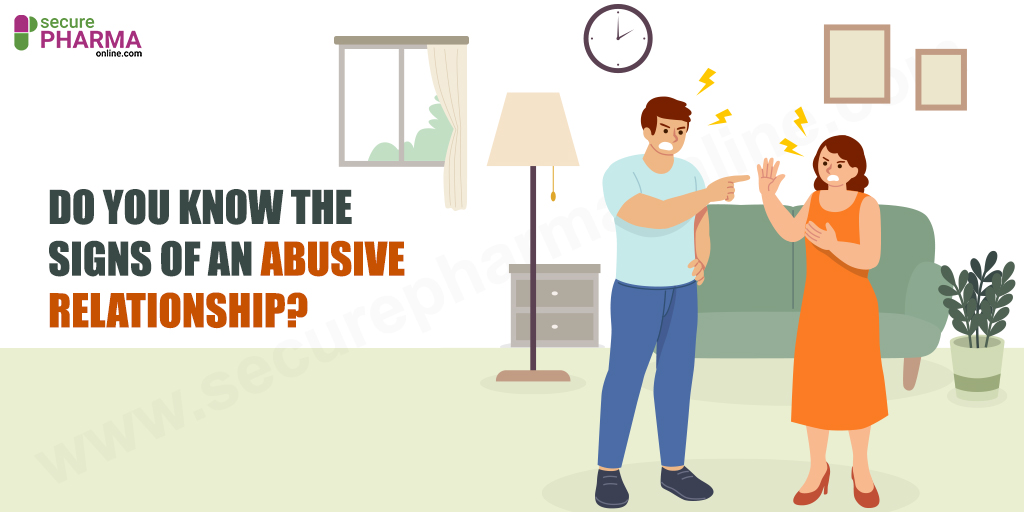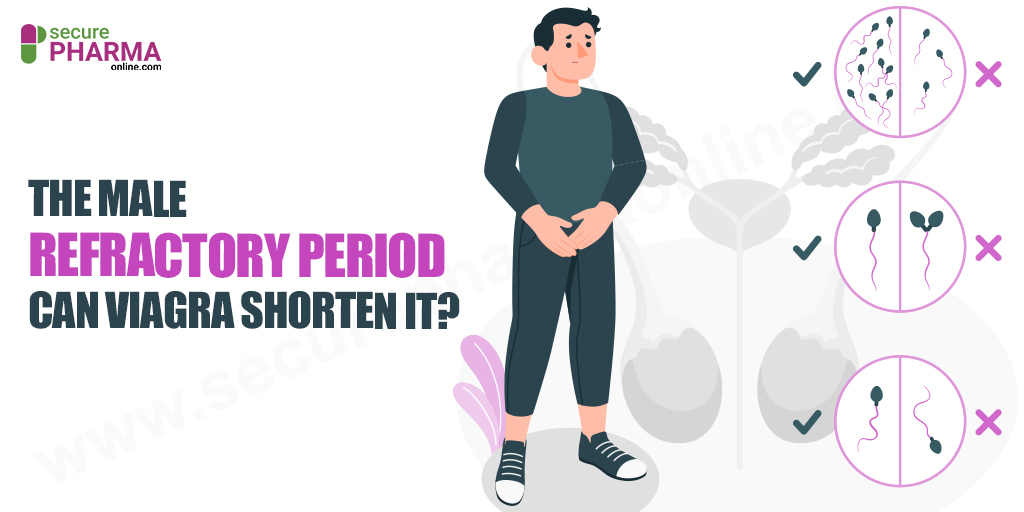Sexually Transmitted Diseases: Signs & Symptoms Of STD In Men

Introduction
Sexually transmitted diseases are common issues in a number of people that engage in sexual activities quite often. The majority of sexually transmitted infections do not exhibit any symptoms in patients and are therefore hard to diagnose until complications arise. Moreover, this increases the risk of passing on the STDs to other people.
When they do present with symptoms, they have uniform kinds of warning signs. In serious cases, sexually transmitted infections can even cause infertility.
Mostly, sexually transmitted infections are easily transmitted via the mucous membranes located in the penis, vulva, urinary tracts, and rectum. They can also be spread via blood transfusions, blood products, using old or infected syringes, exposure to infected bodily fluids, or from infected mothers to fetuses.
In men, sexually transmitted diseases have common STD signs including urethritis, penile discharge, ulcers around sexually exposed areas, and pain in pelvic areas. While the infections may be hard to catch early on, keeping a watchful eye for the symptoms listed in this article may help in the long term.
What Are STDs and Are They Fatal?
STDs or sexually transmitted diseases are infections transmitted during sexual contact or intercourse. STDs are more commonly referred to as sexually transmitted infections (STIs).
STDs can be transmitted by any type of sexual activity. Some sexually transmitted diseases are curable by a course of antibiotics, while others are persistent and incurable.
Mostly, sexually transmitted diseases exhibit symptoms, however, some do not present with any obvious signs or symptoms. Hence, this can lead to infected patients not knowing they are afflicted and cause them to spread the disease.
For example, gonorrhoea and syphilis are treatable conditions that lead to serious consequences if they are left untreated.
HIV causes immune system suppression that can cause death from contracting cancers or other severe infections, even though treatments exist to delay the immunosuppressive response of the virus.
Hepatitis B and C can lead to liver damage which can progress and cause eventual liver failure.
Herpes (Human Papillomavirus) infection persists throughout life and carries with it the chances of future outbreaks of the disease, although there is no cure available.
Six Common STD Signs And Symptoms in Men
Below, we have listed six sexually transmitted infections and their common STD signs and symptoms.
1. Chlamydia
A bacterial infection that is caused by the bacterium Chlamydia trachomatis, chlamydia is a sexually transmitted disease that does not present with any common STD signs or symptoms. Both men and women can be patients of chlamydia, however, when it does exhibit symptoms in men, it is similar to symptoms seen in cases of urethritis.
Urethritis is the condition in which the urethra, the tube that transports urine from the bladder to outside the body, becomes inflamed or infected. Another common symptom of chlamydia in men is inflammation of the epididymis and the testes.
2. Gonorrhoea
Similar to chlamydia, Gonorrhoea is also a bacterial sexually transmitted disease. Gonorrhoea also does not always present with common STD signs and symptoms which may lead to it being undiagnosed in affected patients.
Like Chlamydia, Gonorrhoea can cause urethritis in men which, as a result, causes burning or pain while urinating along with discharge from the urethra.
Gonorrhoea is a sexually transmitted disease caused by the Neisseria gonorrhoea bacteria and when it does present with any warning signs, they require around four to eight days post contraction of the infection to develop.
Another warning sign of Gonorrhoea is a throat or rectal infection. Additionally, Gonorrhoea can spread inside the body leading to skin rashes and pain in the joints.
The treatment for Gonorrhoea ranges from antibiotics like Cefixime or Suprax to other curative treatments that are also used for chlamydia.
3. HIV
The human immunodeficiency virus (HIV) is the most well-known sexually transmitted disease. Infection with the Human Immunodeficiency Virus can occur by intercourse, usage of shared needles, or due to an infected pregnant woman passing the infection on to her fetus.
The effects of the virus lead to an eventual dysfunction of the body’s immune response.
The average time period from infection of the patient to immune suppression of the disease is nearly a decade. HIV infections also do not exhibit any common STD signs or symptoms.
Nonetheless, some patients develop fever and a flu illness two to four weeks after they have contracted the virus.
Once immune suppression begins in patients, serious complications like uncommon infections, certain types of cancers, and dementia can develop. A variety of medications are available to help affected people manage the infection and delay or prevent the progression of the illness.
Also read, Causes, Symptoms, Diagnosis And Treatment for HIV.
4. Trichomoniasis
Trichomoniasis is a parasitic sexually transmitted infection that is caused by the Trichomonas vaginalis parasite. Most patients who are infected do not have any common STD signs or symptoms, and similar to cases of chlamydia and gonorrhoea, may not have any clue about the infection.
Another factor similar to Chlamydia and Gonorrhoea is urethritis, with itching or burning and discharge from the urethra. The treatment of Trichomonas is conducted with a single dose of antibiotic medication. Keep in mind, metronidazole and tinidazole are antibiotics commonly used to cure Trichomoniasis infections.
5. Genital Herpes
The herpes simplex virus (HSVs) causes sores on sexually exposed areas of the body. They can be transmitted via any kind of sexual contact.
Similar to the other sexually transmitted diseases mentioned here, it is possible for a patient to become infected with the herpes simplex virus and have mild symptoms or no symptoms at all.
The skin lesions caused by the herpes simplex virus typically take the form of painful blisters that lead to the formation of ulcers, which then crust over. In men, these sores can occur on the penis, scrotum, buttocks, anus, inside the urethra, or on the skin of the thighs.
6. Syphilis
Another bacterial sexually transmitted infection caused by the Treponema pallidum bacteria, Syphilis progresses through three phases and can also persist in a latent state if it remains untreated.
The initial presenting symptoms of Syphilis are painless ulcers known as chancres. They are present at the sites of sexual contact. The chancre develops anywhere from ten to ninety days after the infection and can be resolved within three to six weeks.
In secondary syphilis, the infection spreads to other organs in the body. This causes various symptoms that can include skin rash, swollen lymph nodes, arthritis, kidney disease, or liver issues.
After the secondary stage, some patients will have a latent infection for years, after which tertiary syphilis develops. Tertiary syphilis can cause several different issues like brain infection, the development of nodules, aortic aneurysm, loss of sight, and deafness. However, Syphilis is treatable with the right course of antibiotics.
Treatment
Sexually transmitted diseases that are caused due to bacteria like Chlamydia or gonorrhoea are treatable via antibiotic courses. Parasitic infections are curable by prescribing medications to combat the parasite.
Viral diseases like those caused by the Human Papillomavirus can be resolved on their own. There are no separate treatments for HPV.
Genital warts can be treated by destruction and removal. HBV and, to a greater extent, HCV infections may persist and develop into chronic infections.
Antiviral medication and interferon can be employed to manage long-term infections, but these do not cure the infection entirely.
Likewise, treatment drugs for the Human Immunodeficiency Virus can manage the infection, but cannot cure it. HSV infections persist for life, but antiviral drugs can help reduce the intensity and frequency of the outbreaks.
Conclusion
Reducing the taboo around sexually transmitted diseases can be an important step towards increasing detection and diagnosis. Due to their minimal symptoms, STIs can be dangerous. Not only do they risk the patients, but they also put people that may come into contact with the patients at risk.
By knowing the common STD signs and symptoms, patients can consult doctors in the early stages and get a diagnosis early.
April 24, 2021 Sam Bell











Comments